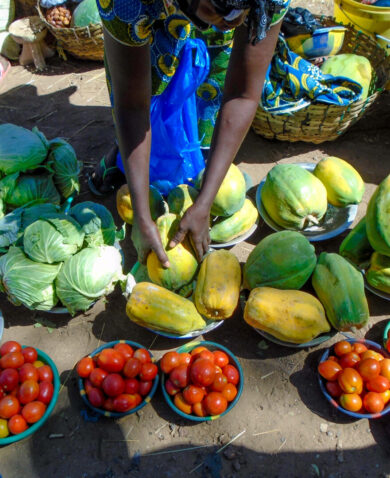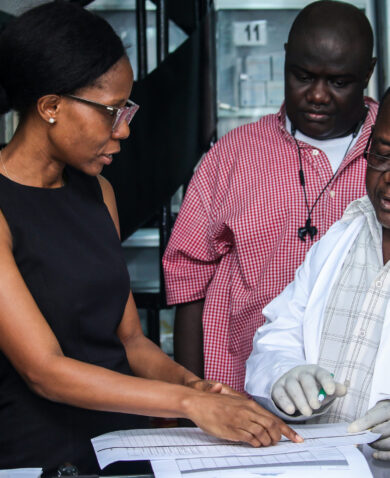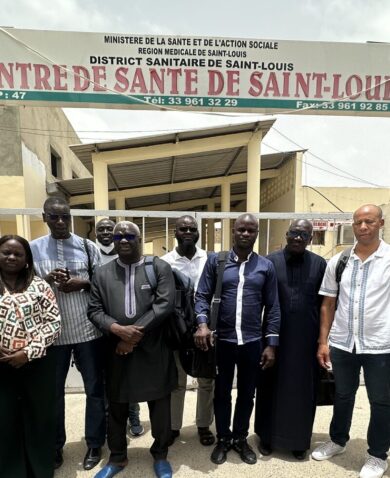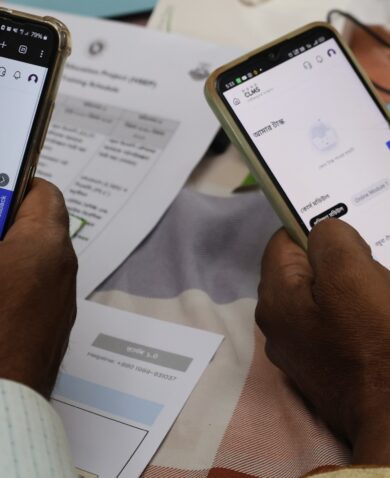Forecasting demand for essential health commodities is challenging in any context due to factors such as dynamic population health, disease patterns, and budget limitations, and further compounded by variable supply chain dynamics and data quality issues. Health practitioners and policymakers must estimate future demand for medicines, testing kits, and other medical supplies based on these factors. They must then manage procurement and shipping, optimize inventory management, and ensure the availability of essential health products so lifesaving medicine is available where it is most needed, at the right time.
To address this challenge and improve the capacity of public health programs’ supply chain managers to better plan and manage the health commodities in their countries, the Chemonics-led USAID Global Health Supply Chain Program-Procurement and Supply Management (GHSC-PSM) project developed the Quantification Analytics Tool (QAT), a modernized solution for country-led forecasting and supply planning. The project trains and works with health supply chain partners to build a global user base for QAT to reinforce communication and knowledge sharing to inform supply chain planning amongst public health supply chain partners including QAT users from multiple ministries of health, the Global Fund, the Clinton Health Access Initiative, UNICEF, UNDP, UNFPA, and the CDC.












































